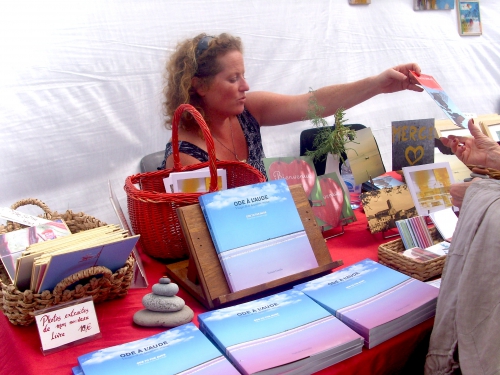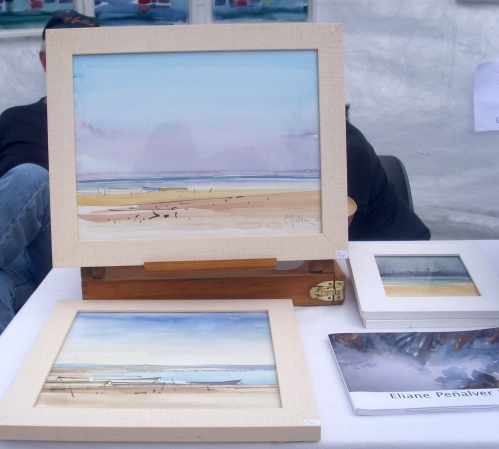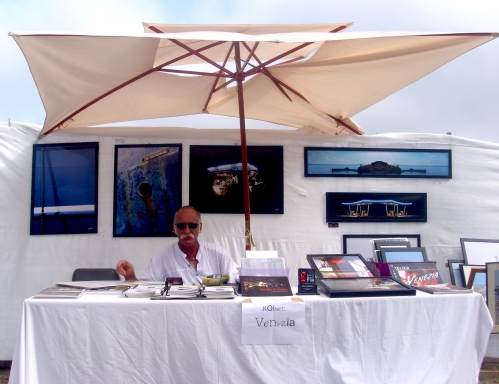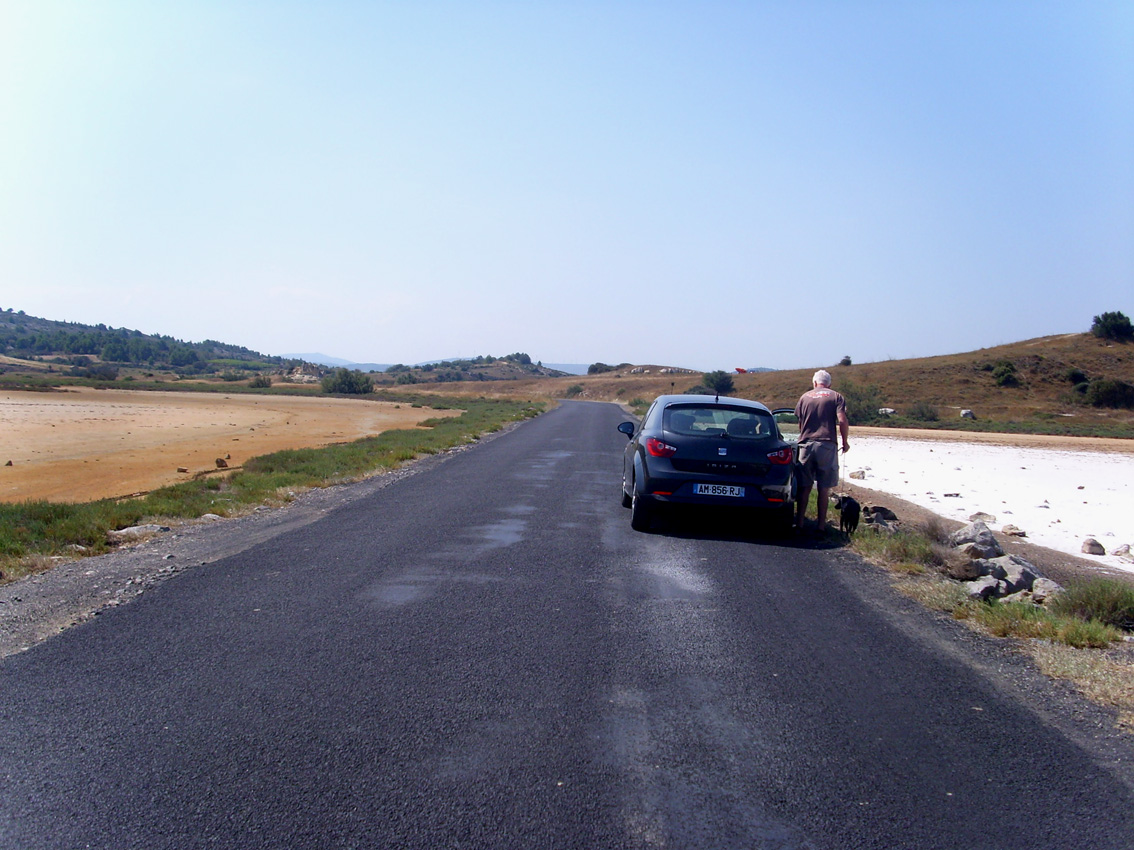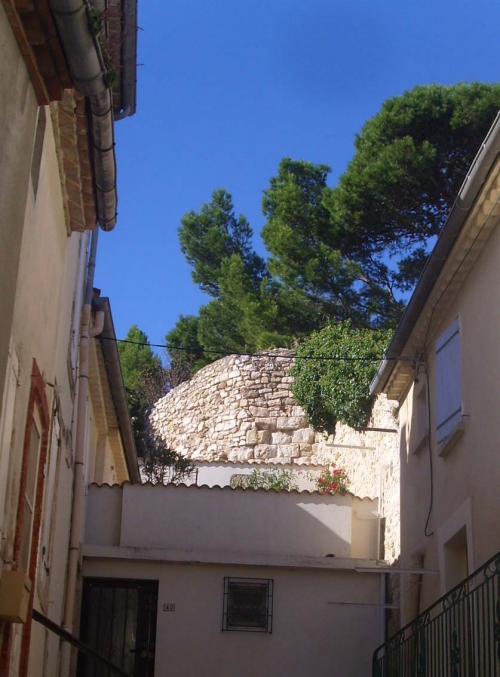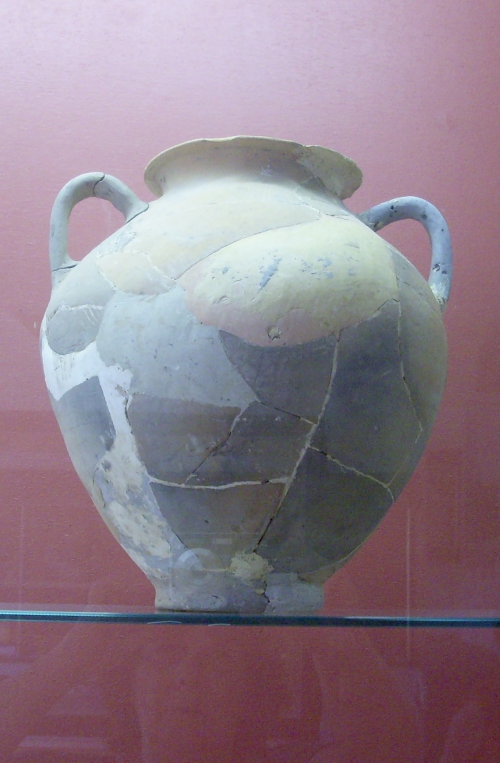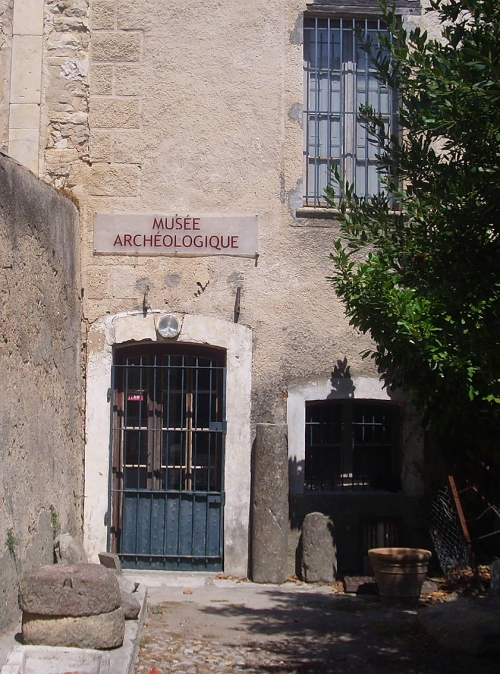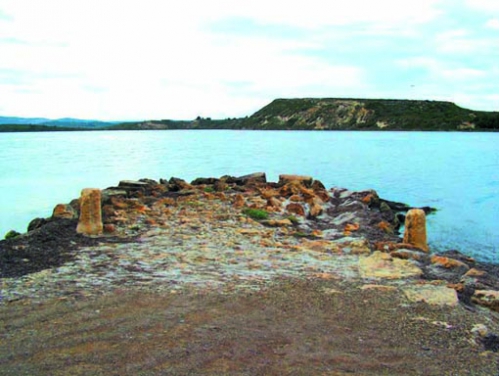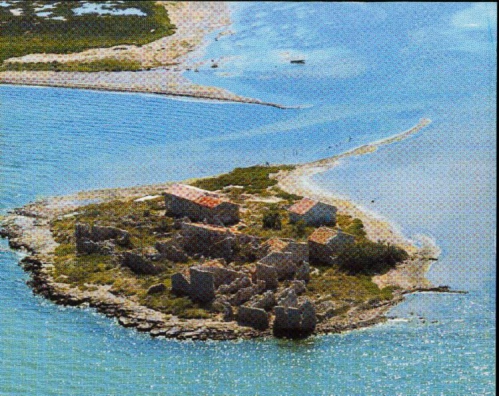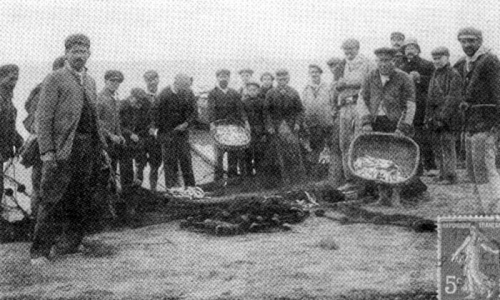Bages and the Etang de Bages et de Sigean
"Corbières-Maritime" Bages Gruissan Peyriac Port La Nouvelle Port La Nautique
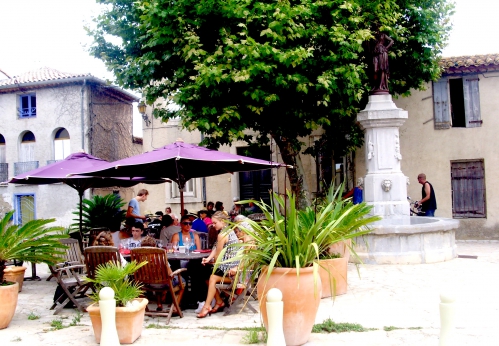
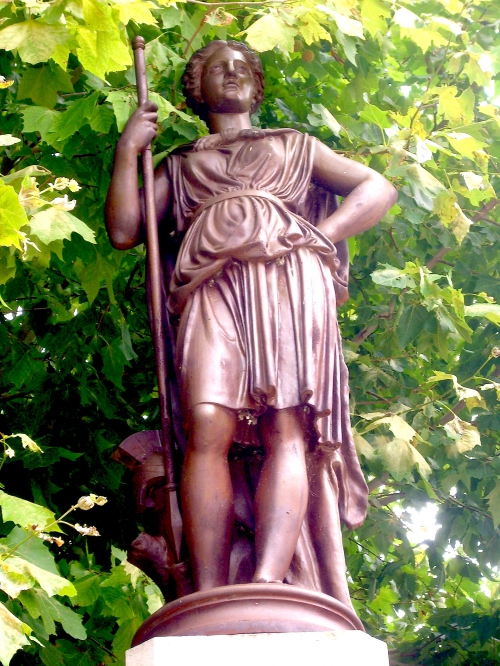
To find Bages, take the Perpignan road south from Narbonne, and at the first roundabout turn left for Bages.
In the centre of Bages village I saw something amazing! A statue that is the exact copy of the one in the main square of Alet-les-Bains! Alet-les-Bains is on the way to Rennes-le-Château from Narbonne, and so I know it very well, so much that I wrote a book that you can find here, and there has been much discussion among the community at Alet about this statue. Some say she is Diana, some say she is Pallas Athena, who has taken off her helmet of Truth.
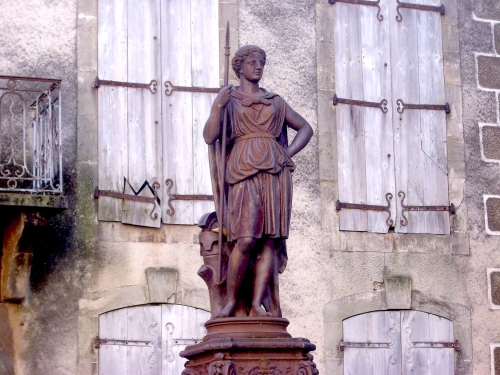
Around the base of it in Bages is pagan symbolism, as there is at Alet-les-Bains.
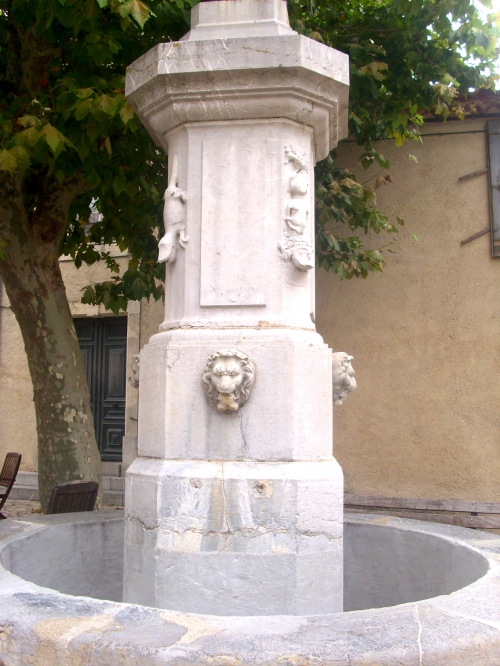
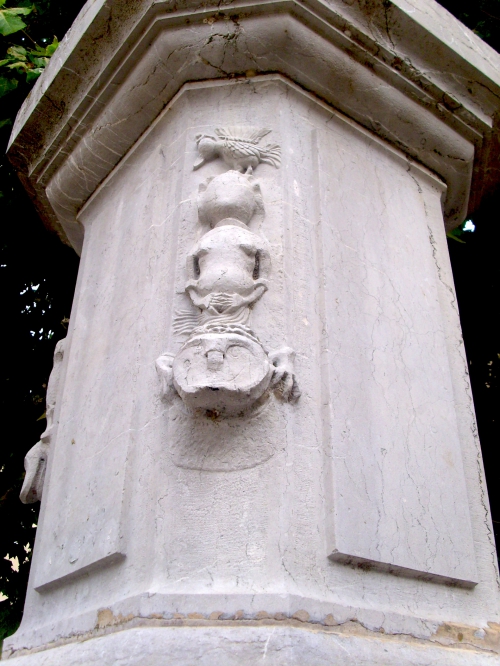
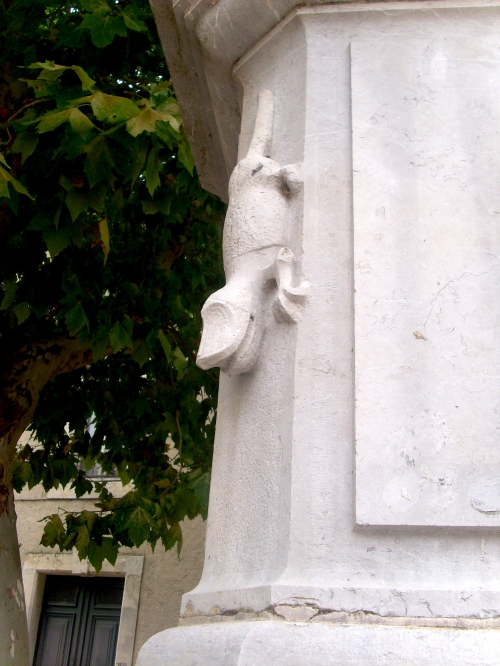
Eventually I found out that seven copies of this statue have been found through France - and it represents "the Republic"!
This main square of Bages is just outside the old "porte" with its cadran solaire which enters the old town on the peak of the hill. When the vines became popular, the vignerons (winegrowers) built outside the walls, especially their lovely "master's houses." During the Winegrowers' Revolt in 1907 (protests against lack of government support for French wine) a young man from Bages died during the demonstrations in Narbonne, and there is a plaque to remember him.
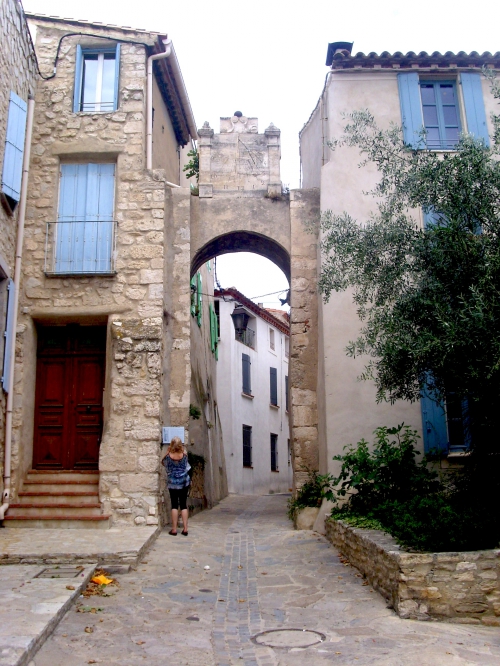
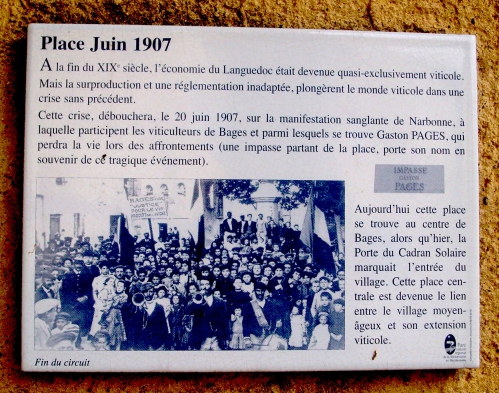
"Many of the narrow streets are staircases, sunny and joyful as are the inhabitants themselves," writes my French Guide to the Corbières. The statues in the church of St. Martin are delightful, and opposite the château are two beautiful houses dated 11th or 12th century. The church is very old, known to have been Visigothic and then reconstructed by Ermengarde of Narbonne, who was the viscountess from 1142 to 1196, but the village was older, as Roman pottery has been found and a playing card with a picture of a crocodile which was a symbol of Nîmes - which explains the crocodile on the plinth!
In fact, the village started life about 200BC as a small port on the étang. In Roman times the trading was immense, there were ports of various sizes all over the étang, including Port La Nautique, Castelou, and the island of St. Lucie towards Port la Nouvelle. The whole étang, which was deeper then, would have been full of boats of all shapes and sizes. If Roman history interests you - click here. You will find three articles about Port La Nautique as well as about other places on the étang.
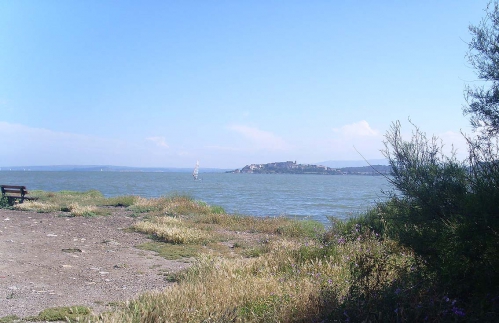
Bages as seen from Port La Nautique
Bages is known for its fishing, which is a two thousand year old tradition, and also for its seaweed! which is a local delicacy, along with its fish soup. The boats are all at the bottom of the hill. There is also an "artist's colony" at Bages, many artists live there and their thriving art association holds exhibitions every second Saturday of September down by the water's edge. The quality of work is very high.
This last artist came from Port La Nouvelle. The spirit, the ambience, the sense of living by this inland lake, was captured so well.
Gruissan
A visit during the Heritage Day in September 2012 to an old Roman Port. 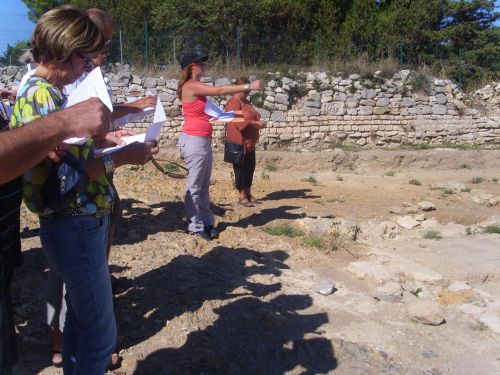
That wall at the back is original Roman.
The site is to the south of Gruissan, take the D232 which runs beside the étang. Take the small road on the right between Penelle and la Clotte. (It's all on the IGN 2546OT map.)
In Roman times, the étang was not closed off by the sandbank as it is today.
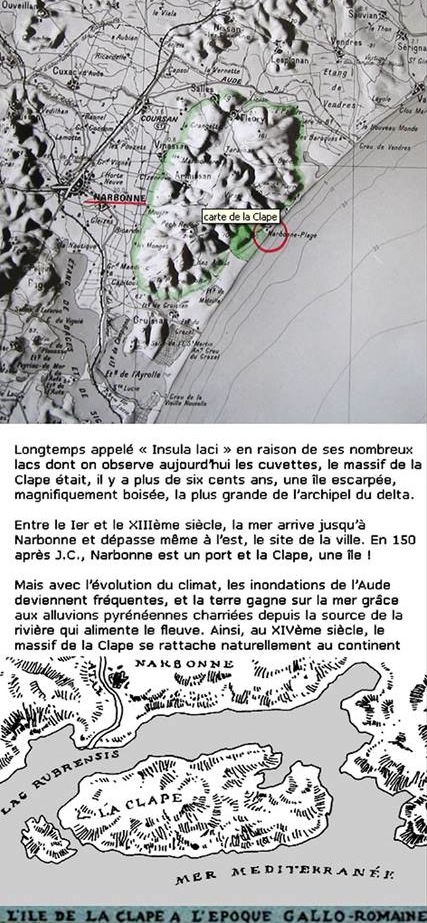 This map explains it.
This map explains it.
This small port, as rich as a small village, enjoyed a position directly beside the sea, on the island at the end of La Clape. 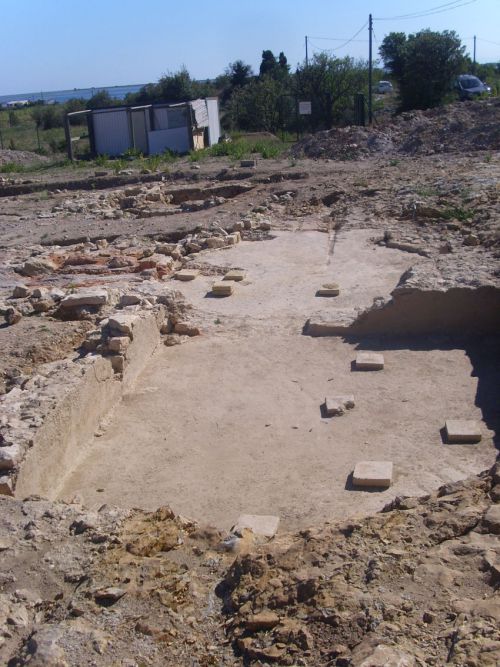
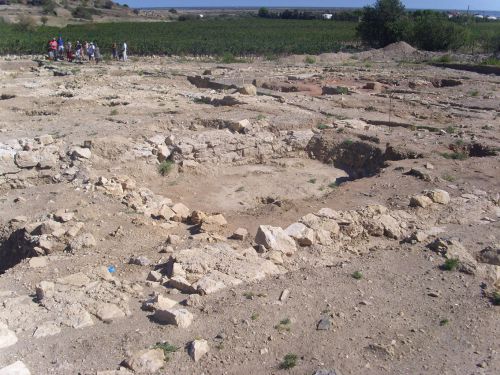
They had one of the thermal baths that the Romans loved so much, for the harbour-masters to wash off the dust of the day's work. Several buildings here were dated from the first century BC to the 5th century AD. Maybe St.Martin was then abandoned because the Visigoths didn't have the man-power to work it. 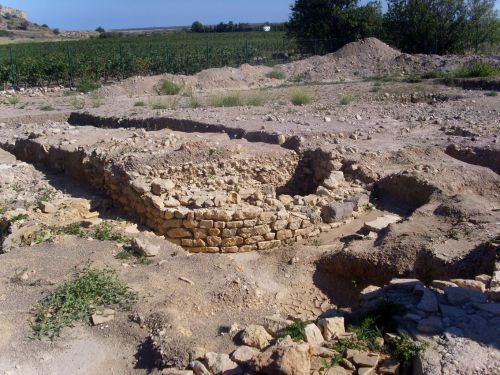
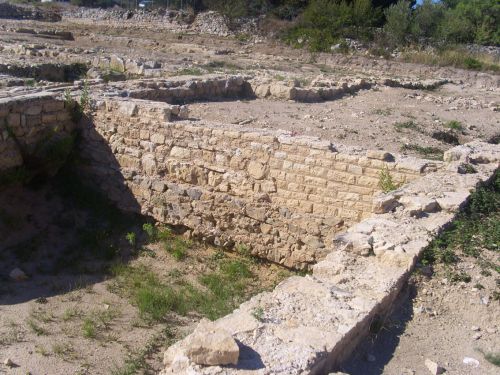
and what is this? Toilets! And underground water-courses. 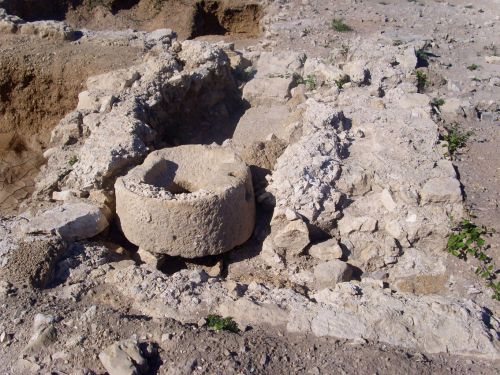
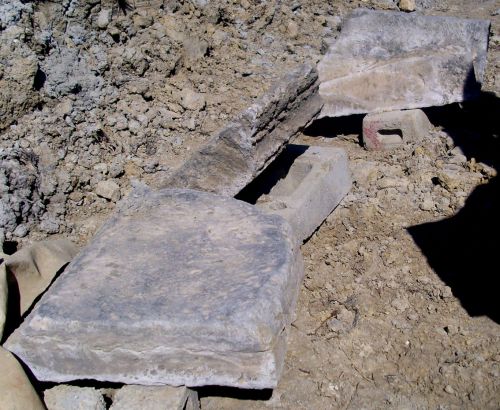
Below; under the hedge a floor of opus spicatum was found. 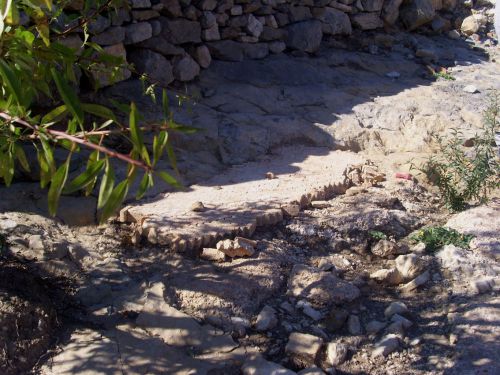
All the world loves St. Martin, we can imagine that we lived there before . . .
Peyriac
From Bages you can drive to Peyriac. Continue southwards from Bages, following the signposts. Be careful, the road can be flooded at high water!
The étang is truly magic as you cross the marshes on narrow tracks, with flamingoes and salt pans all around.
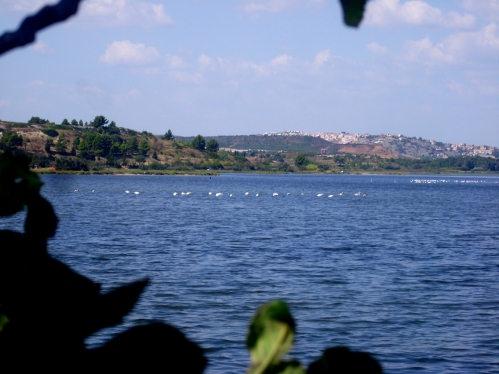
At Peyriac de Mer one parks down by the etang and walks up to the main square, where is a handful of shops, the Mairie, the church and the cafe with excellent lunches.
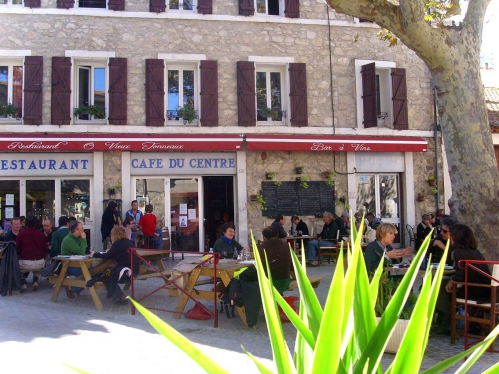
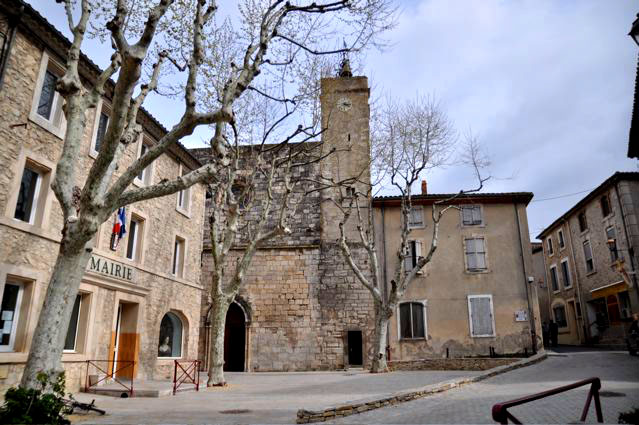
The streets are attractive and picturesque, and there's a little museum open on Sunday afternoons in the winter, on Wednesdays and Sunday afternoons in the summer. For much more about the history of Peyriac, and the beautiful exhibits in the museum, click here.
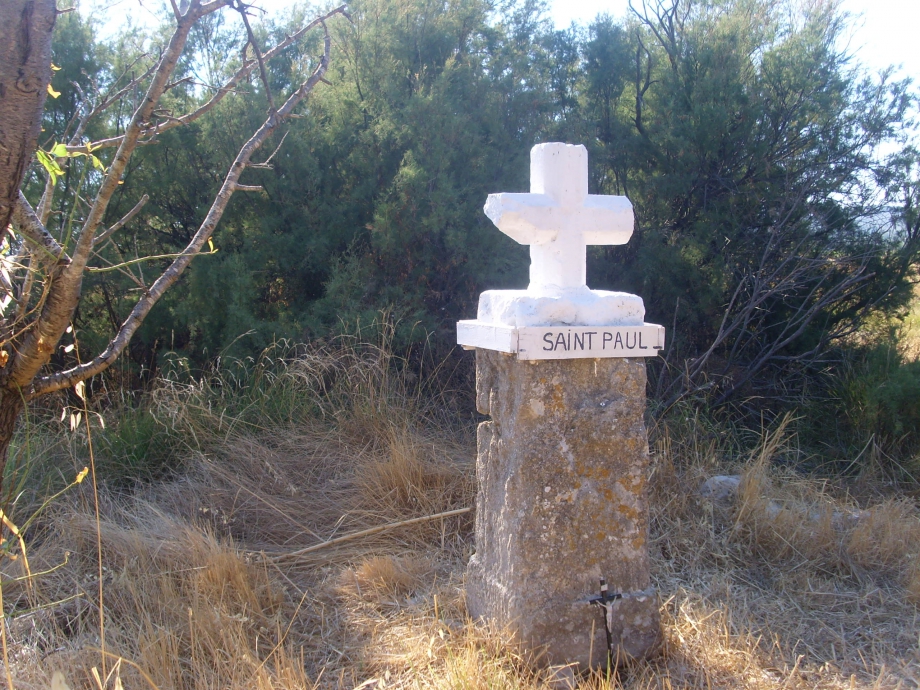
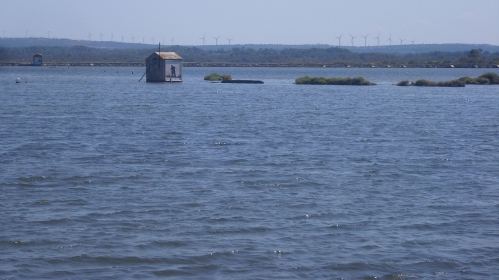
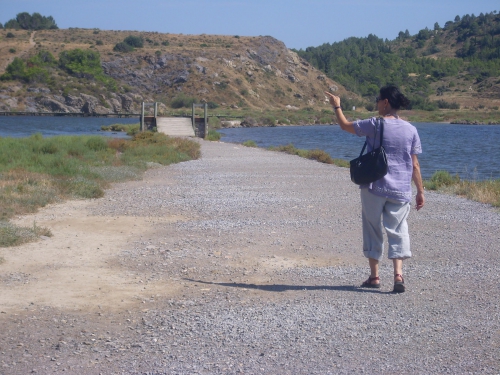
Peyriac has its own small pleasure port, tucked away on the south end of the Island of Déol. It has a real "light-glittering-on-the-water" atmosphere.

In the distance you can just see Port La Nouvelle, the square flour mills and the round oil tanks, on the south end of the étang.
"I see no ships!!!"
Port la Nouvelle and surroundings
From Peyriac, return to the main road to Perpignan to soon arrive at the junction with Sigean to the left and Portel-de-Corbieres to the right.
Sigean itself is not on the étang, but it does have the remains of a Roman Port.
It's called Port Mahon and is very popular with sailors, you can have lessons there. The picture shows the remains of the gateway to the Roman port. The island is called Ile de l'Aute.
Continue to Port La Nouvelle. As you enter the town you will see Ile de Ste Lucie signposted on the right.
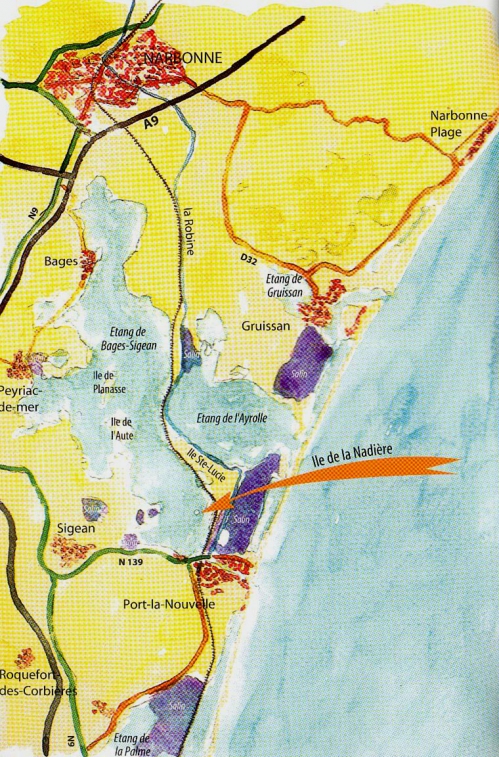
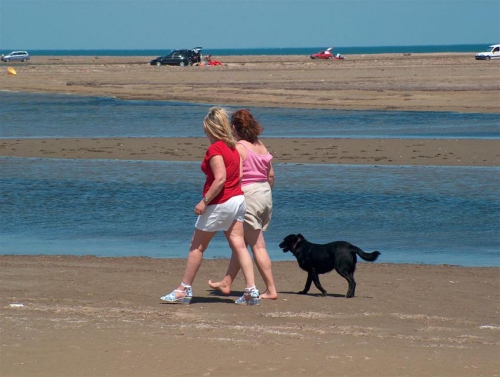
The island is well regulated and protected, you must stick to the path and dogs and smoking are forbidden, it is a nature reserve to beat all nature reserves. But beautiful . . . the Canal de la Robine passes through it and you can cycle on the towpath to and from Narbonne. Also nearby is the Ile de la Nadière.
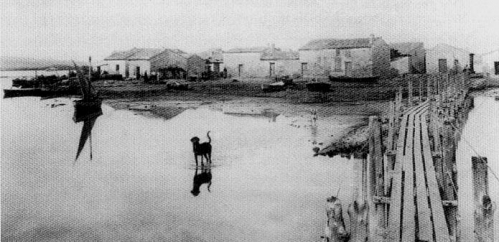
It was a remote community of fishermen that was inhabited up to the Second World War. Ask at the Tourist Office right by the beach at Port La Nouvelle for information about excursions. Or go there on your own boat!
Port La Nouvelle is frankly a seaside town, with a Casino, beaches, cafés, bars, restaurants, children's play grounds, rock stars in summer and two nudist beaches! This is great fun, but you don't have to dig too deeply to find a fascinating story of a fishing community; indeed, you can buy fresh fish straight from the boats at 6 o'clock every monring.
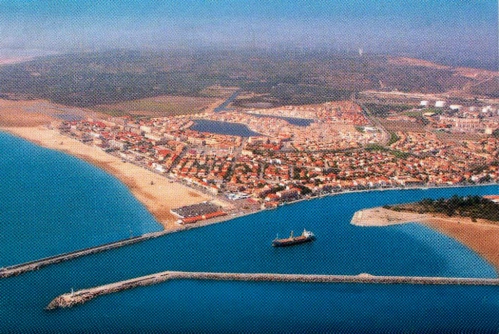
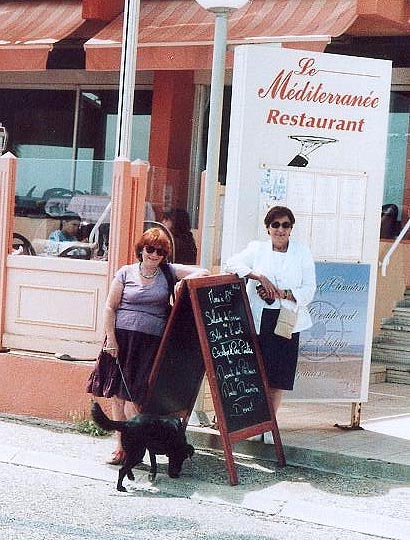
And so, back to Narbonne. As you enter the town, find the autoroute junction for Perpignan and take the tiny turning off the roundabout for Port La Nautique 2 kilometres further on. As well as a flourishing port and a sailing school, they have many old wooden boats in harbour; I like those very much.
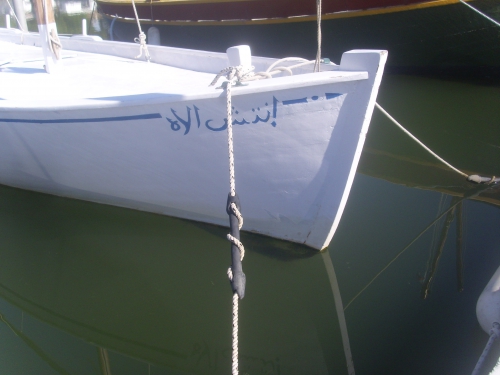
So have a good time messing about with boats and exploring the étang - if Allah wills it!
Inscrivez-vous au blog
Soyez prévenu par email des prochaines mises à jour
Rejoignez les 97 autres membres

